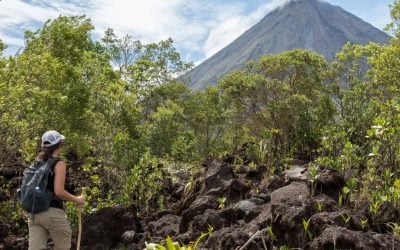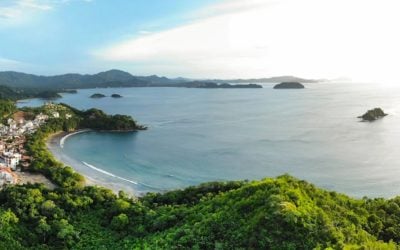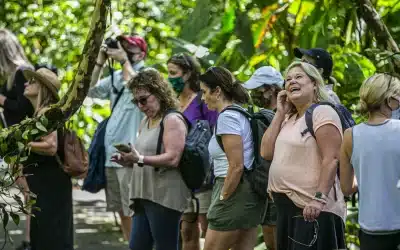Every year, on the night of September 14th, Costa Ricans gather to commemorate the independence of Central America from the Spanish conquistadors. They celebrate in a manner that is quite distinctive compared to other celebrations in the region.
They create “faroles,” handmade lanterns that symbolize the 19th-century journey delivering the message of Central American independence to Costa Rica. Over the years, these “faroles” have become integral to Costa Rica’s Independence Day celebrations.
Each farol is meticulously crafted, often taking on simple structures made of paper, similar to a red, white, and blue accordion with a candle inside. These lanterns symbolize the beacon of hope that independence brought to the Central American countries.
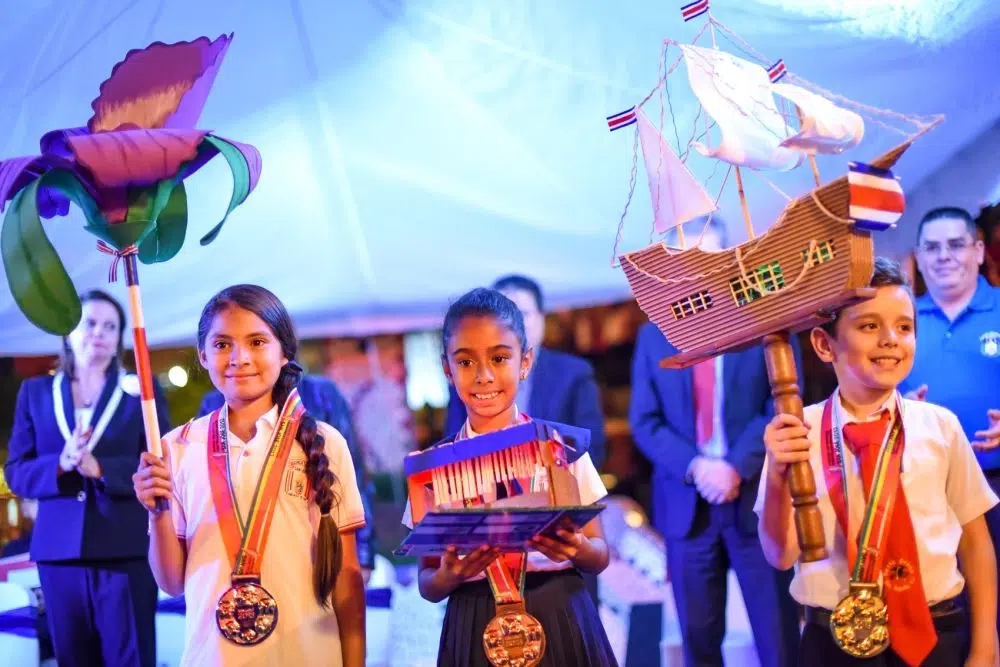
The History Behind Costa Rica’s Faroles
The lantern parades integral to Costa Rica’s Independence Day celebrations bear a fascinating history, echoing the spirit of liberation. The narrative often attributed to the origin of this tradition involves a brave Guatemalan woman named María Dolores Bedoya.
Bedoya made a daring move on the night of September 14, 1821, amid the enthusiasm of the Central American independent movement in Antigua, Guatemala. She ventured into the night with only a glowing lantern and a firm conviction. As she navigated the town’s streets, her mission was clear: to rally the citizens in support of independence.
This continued until the following day. That’s why, on September 15, 1821, many people assembled around the National Palace of Guatemala, where the aristocracy was deliberating independence. Bedoya addressed the crowd, her speech punctuated by the rhythm of marimba music and the scent of gunpowder. She urged them to raise their voices in support of independence.
Inside the National Palace, the undecided leaders heard the clamor and, fearing an impending attack, were spurred to sign the Act of Independence.
The huge significance of “faroles” for Costa Ricans
As a result of those pivotal nights, lanterns, or faroles, have become cherished traditions in Costa Rica. Amid Independence Day celebrations, each flickering farol stands as a powerful symbol of freedom and unity.
Today, faroles come in all shapes and sizes, with bright reflectors accentuating giant crests adorned with the Costa Rican flag. These lanterns symbolize not only the enduring resilience of María Dolores Bedoya but also the collective bravery of those who stood alongside her in the shared quest for independence.
Typically, these lanterns are crafted in schools during preparations for the civic festival marking Costa Rica’s Independence Day on September 15.
Why do Costa Ricans celebrate Independence Day with a lantern parade?
Because it’s a reflection of their enduring spirit of unity, their respect for history, and their unabated love for their country. Each lantern represents a story of resilience, symbolizing the light of freedom that continues to guide the nation.
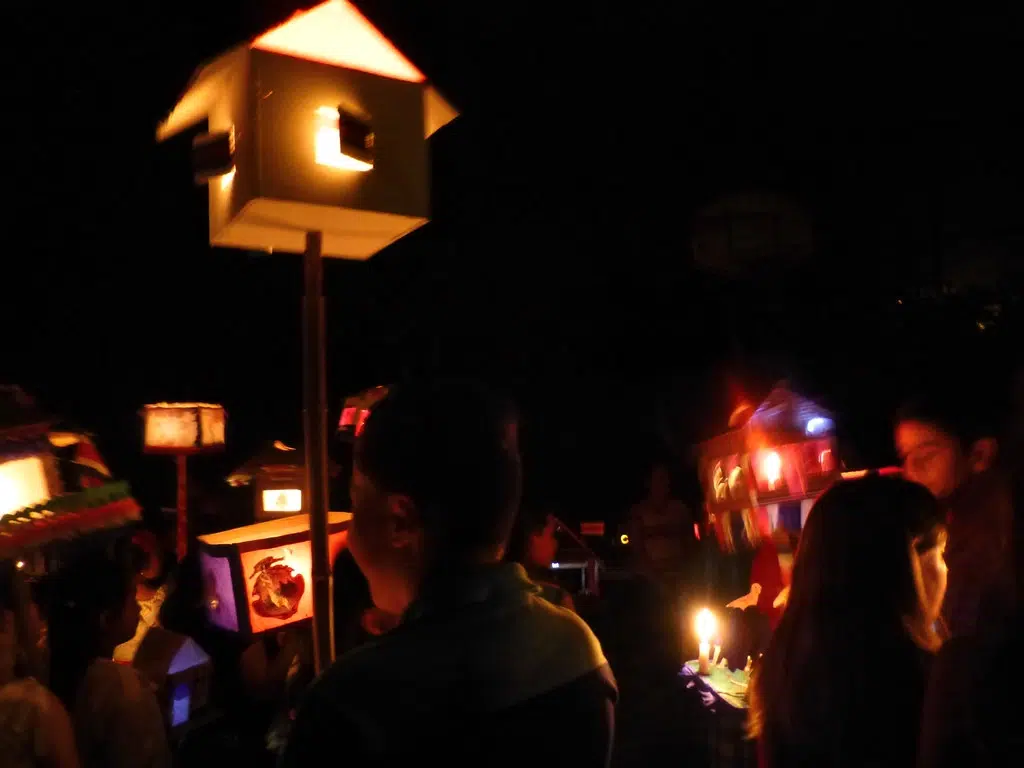
Is Desfile de Faroles a Big Deal in Costa Rica?
Costa Rica’s Independence Day lantern parade, or the “Desfile de Faroles,” is more than just a vibrant celebration; it’s a deeply meaningful tradition rooted in the country’s history. On the evening of September 14, children and their parents flood the streets of towns and cities, including San Jose, with a spectacular array of handmade lanterns, lighting up the night in a warm glow of national pride.
This tradition’s origins can be traced back to the country’s struggle for independence. However, the significance of the lantern parade expanded following Costa Rica’s War in 1948. In the post-war era, political leaders, eager to revive the country’s “patriotic values,” actively promoted the tradition of crafting and parading these lanterns, or “faroles.”
Teachers were mobilized to encourage their communities to engage in lantern-making. This activity became a collective expression of national identity, and it also sparked a sense of friendly competition, with prizes being awarded for the most beautifully crafted lanterns.
Celebrate Costa Rica’s Independence Day as a Local!
If you’re visiting Costa Rica during Independence Day, you’re in for a real treat. During the Desfile de Faroles, or Lantern Parade, children light up the streets with intricately designed lanterns after dusk. You can catch this magical procession anywhere in the country, but San Jose puts on some of the biggest and best.
To truly enjoy the experience, you should consider the following:
Approach the event with respect and understanding:
The desfile de faroles is one of the most treasured Costa Rican traditions because of its cultural and historical significance. Enjoy the spectacle, but also appreciate the deeper meaning behind it.
Admire the beauty of each farol:
In the weeks leading up to the event, school kids handcraft each lantern as a work of art. You’ll see a lot of lanterns with designs inspired by Costa Rica’s national symbols, like the cartwheel and the guaria morada. Sometimes you might notice that the lantern’s pole barely supports the lantern’s design.
Make a plan:
The Desfile de Faroles is undeniably a highlight of the Costa Rican calendar. If you’re fortunate enough to be in Costa Rica on September 14th, make sure you plan your evening around this event, as you can expect crowds in almost every part of the country.
If you’re in San José, the parade typically culminates at the National Stadium or at a central plaza. Besides the capital, cities like Cartago, Heredia, and Alajuela also host significant parades, each offering a distinct local flair. Remember to check the local schedules, as each city might have different starting times.
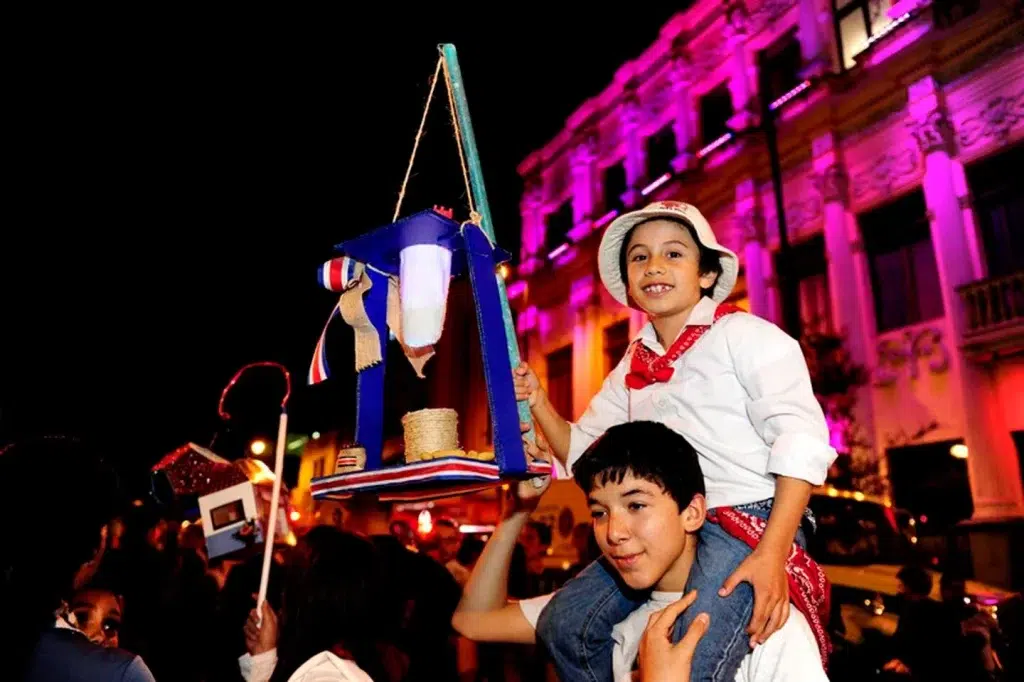
Discover the Beauty of Costa Rica’s Faroles
Costa Rica’s Independence Day celebrations, in particular the Lantern Parade, offer an enchanting blend of history, culture, and festivity. Not only do these faroles reflect Costa Rica’s tradition and rich historical past, but also the pride and spirit of its people.
If you’re captivated by Costa Rica’s unique traditions and want to discover more about this Central American paradise, we encourage you to explore more blog posts! Or, if you have questions or need further information, contact Find My Costa Rica’s local experts. It would be our pleasure to help you discover Costa Rica with our team of expert guides.

